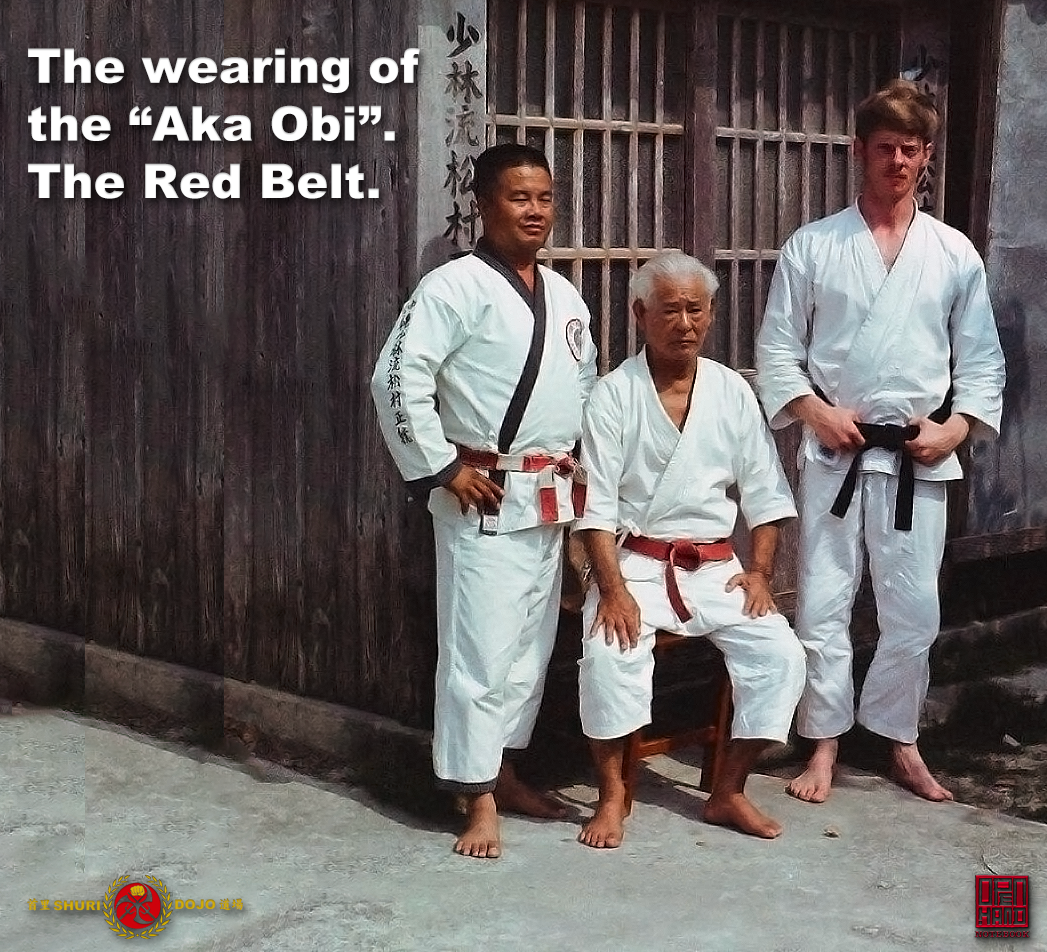
Titles, belts and grades are often discussed in the martial arts, and is usually a topic of contention.
.
Often it’s people who don’t even know each other personally and decide to head off into a diatribe of hatred and abuse. It’s usually coming from people who are lower grade black belts that have never earned or been awarded any of the titles themselves.
.
Why so much hatred? Is it jealously? Are you feeling downtrodden or not recognized?
.
To actually earn a higher grade, or a title, you have to be dedicated to your foundational art for many years.
.
For those that have stuck at it, persevered, and earned that title, it means a great deal. Perhaps recognition for a life-time of dedication, sometimes awarded without prior knowledge by a very senior master or teacher.
.
“Shogo” (称号 – title) is the teaching title-system originally set up by the Dai-Nippon Butoku-Kai (大日本武徳会 – Greater Japan Martial Virtue Society).
.
The “Shogo” titles are awarded only to “yudansha” (有段者 – black belt holder) level martial artists – typically at high dan levels. Their primary purpose is to show that in addition to being a good martial artist, the award is based on each individual’s knowledge, teaching ability and the development of the practitioners character. The recipient of the title must also have made significant contributions to the martial arts community.
.
These titles are; Renshi, Kyoshi and Hanshi. The recipients usually wear a red and black belt, or red and white belt, or a solid red belt, and are not given with grade.
.
The wearing of the “Red Belt” seems to cause the most contention. The “Aka Obi” (red belt) is NOT awarded ONLY to the 10th dan master, or head of style or group. It is a teaching award, NOT an award for a black belt level grade. However, it is not usually given to those below 8th dan because it is deemed you will not have the required knowledge or experience.
.
The solid color red belt signifies the “Hanshi” (範士) shogo title and is a very special title representing the highest level of martial arts. The karateka must be seen as an innovator as well a teacher of merit, show personal growth, and an in-depth understanding of their style.
.
It’s often only awarded to those above the age of 60 years old (there are exceptions).
.
The etiquette of wearing the red belt varies from organization, style, and sometimes from school to school. In some organizations, once awarded, these belts are always worn. In others, they’re considered ceremonial belts and only worn on special occasions, or seminars, and belt promotion ceremonies.
.
Wearing the red belt does not mean you are the one and only ‘Grand Master’ and a 10th Dan. It is the recognition that shows the depth of understanding and the contribution you have made over many years of teaching and training in your style, with a profound ability to pass on this understanding to others and can be worn at 8th dan and above.
.
The “shogo” titles are independent of Dan level and do not effect it. In other words, a promotion to one of these titles does not raise the practitioners Dan level. However, there is a relationship between the two in that most organizations that use them impose minimum Dan level requirements in order to earn the “shogo” titles. The teacher is usually nominated and approved for the title. Typically, they are awarded to teachers who have given something back to the organization they belong to.
.
The “Han” (範) in Hanshi means “example, model”….. the “shi” (士) means “(gentle)man, samurai, or warrior, or scholar”, altogether this indicates “a teacher that can serve as an ideal model for others”.…. The title of Hanshi and the wearing of the Red belt denotes an in-depth understanding of your art and your outstanding teaching abilities. Not the one and only Grand Master. ![]()
![]()
.
.
